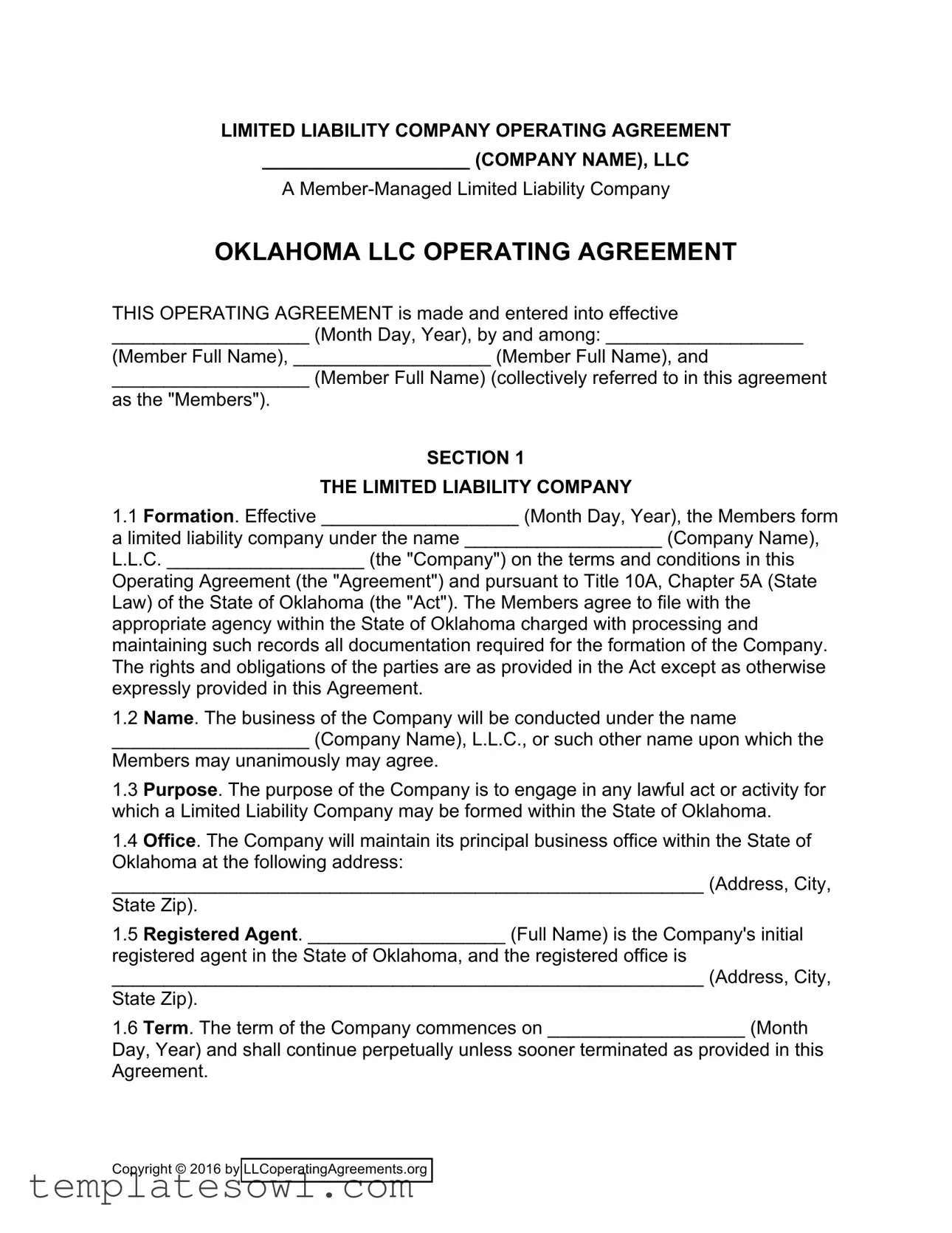the Company, Manager, employee or agent of the Company, or is or was serving at the request of the Company, against expenses (including attorney's fees), judgments, fines, and amounts paid in settlement actually and reasonably incurred in connection with such action, suit or proceeding if the Members determine that he acted in good faith and in a manner he reasonably believed to be in or not opposed to the best interest of the Company, and with respect to any criminal action proceeding, has no reasonable cause to believe his/her conduct was unlawful. The termination of any action, suit, or proceeding by judgment, order, settlement, conviction, or upon a plea of "no lo Contendere" or its equivalent, shall not in itself create a presumption that the person did or did not act in good faith and in a manner which he reasonably believed to be in the best interest of the Company, and, with respect to any criminal action or proceeding, had reasonable cause to believe that his/her conduct was lawful
SECTION 5
POWERS AND DUTIES OF MANAGERS
5.1Management of Company.
5.1.1The Members, within the authority granted by the Act and the terms of this Agreement shall have the complete power and authority to manage and operate the Company and make all decisions affecting its business and affairs.
5.1.2Except as otherwise provided in this Agreement, all decisions and documents relating to the management and operation of the Company shall be made and executed by a Majority in Interest of the Members.
5.1.3Third parties dealing with the Company shall be entitled to rely conclusively upon the power and authority of a Majority in Interest of the Members to manage and operate the business and affairs of the Company.
5.2Decisions by Members. Whenever in this Agreement reference is made to the decision, consent, approval, judgment, or action of the Members, unless otherwise expressly provided in this Agreement, such decision, consent, approval, judgment, or action shall mean a Majority of the Members.
5.3Withdrawal by a Member. A Member has no power to withdraw from the Company, except as otherwise provided in Section 8.
SECTION 6
SALARIES, REIMBURSEMENT, AND PAYMENT OF EXPENSES
6.1Organization Expenses. All expenses incurred in connection with organization of the Company will be paid by the Company.
6.2Salary. No salary will be paid to a Member for the performance of his or her duties under this Agreement unless the salary has been approved in writing by a Majority of the Members.
6.3Legal and Accounting Services. The Company may obtain legal and accounting services to the extent reasonably necessary for the conduct of the Company's business.
SECTION 7
BOOKS OF ACCOUNT, ACCOUNTING REPORTS, TAX RETURNS,
